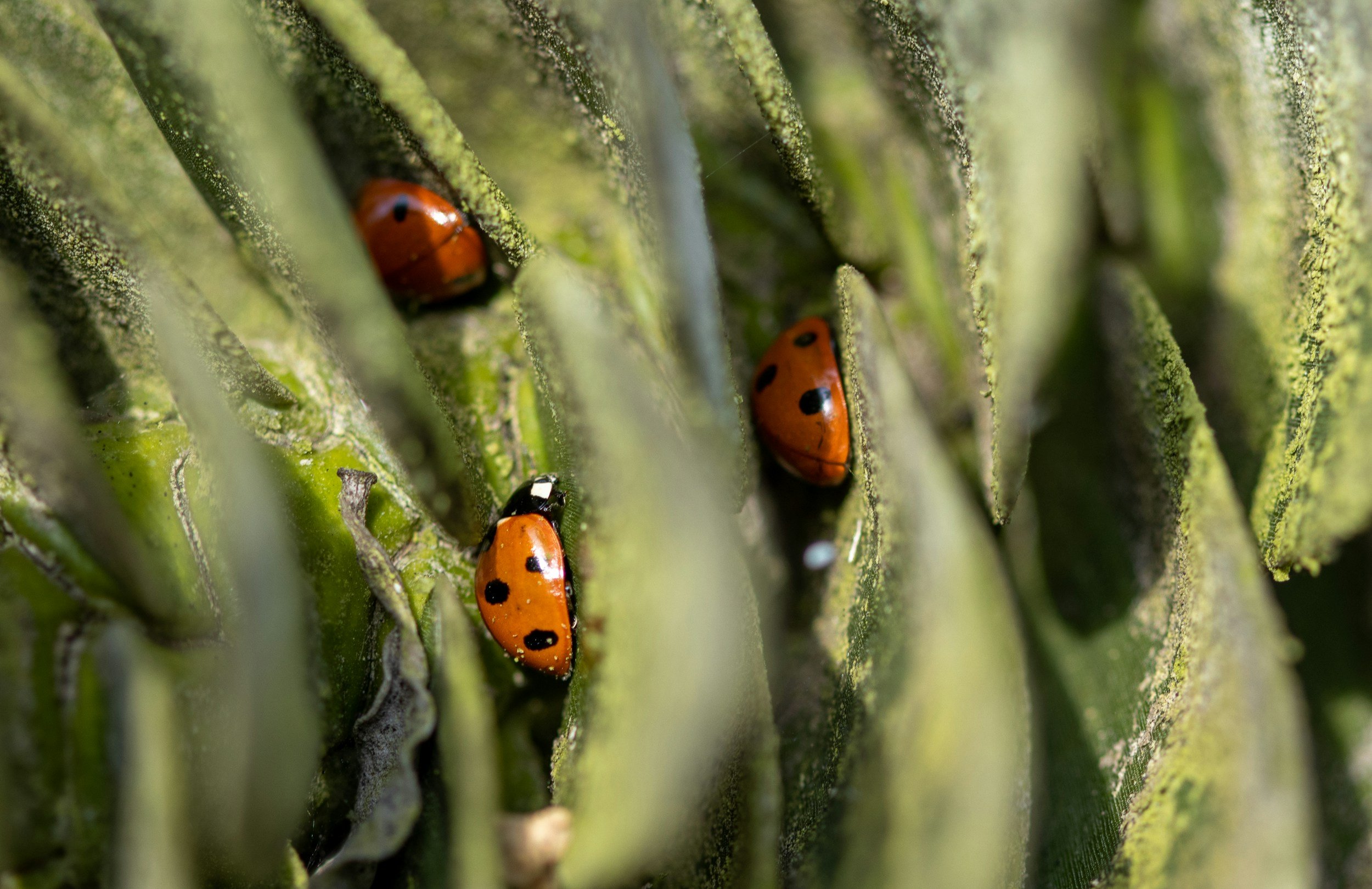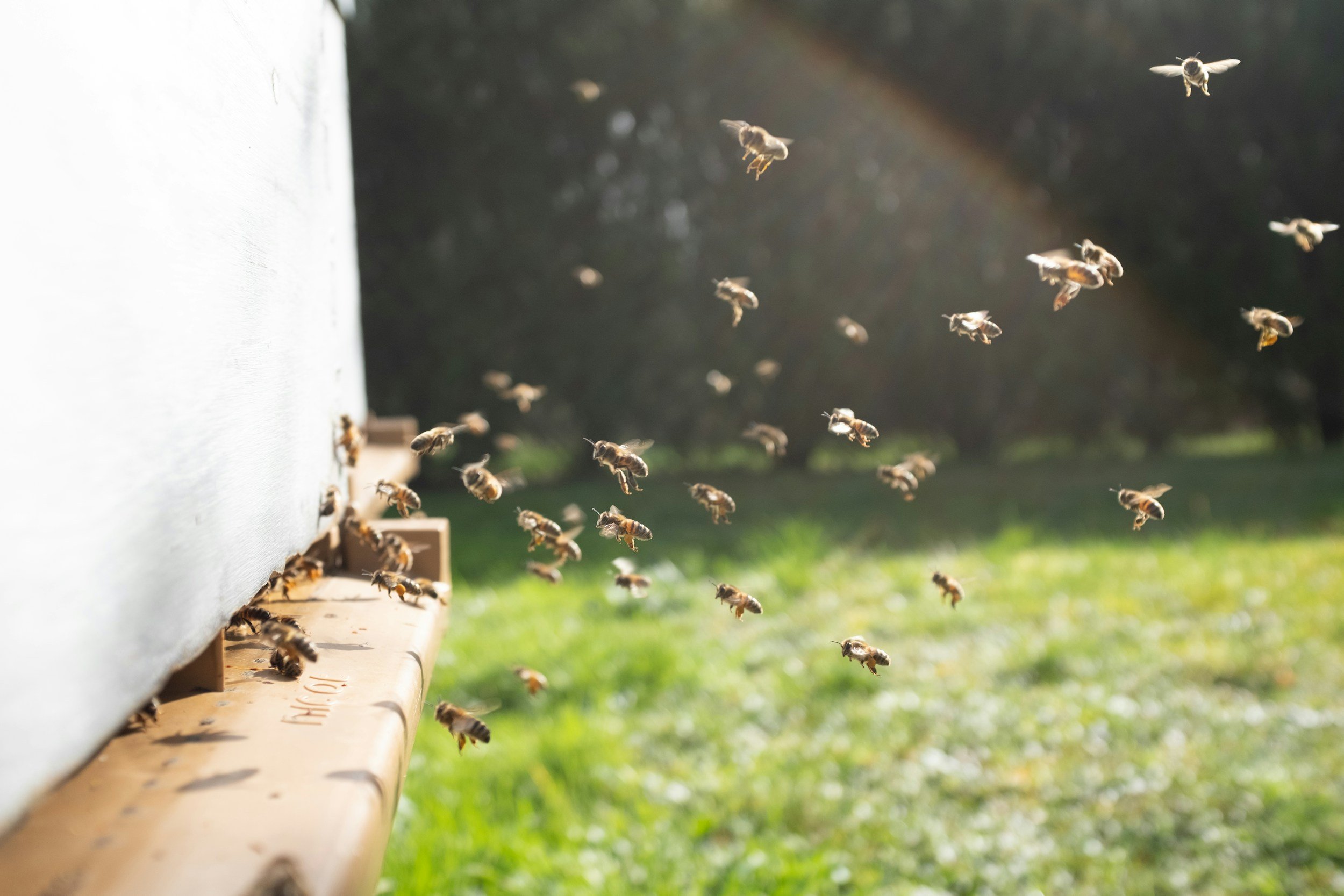
When Pantry Pests are a pain, call crane.
Extermination & Control
Crane Pest Solutions’ Approach
Crane offers thorough inspections and treatment of infested areas using non-toxic methods. Infested items are identified and safely discarded, while pantry spaces are treated with safe insecticides to prevent re-infestation. They also provide education on food storage practices to minimize future risk. Routine cleaning and monitoring of food storage areas are recommended to keep pantry pests at bay, especially after treatments.
Bug Identification
Common Name: Pantry Pests (includes various species such as flour beetles, Indian meal moths, and grain weevils)
Scientific Names:
Indian Meal Moth: Plodia interpunctella
Flour Beetle: Tribolium spp.
Grain Weevil: Sitophilus granarius
Seasonal Behavior
Most Active: Year-round, especially in homes where food is stored.
Behavior: Pantry pests thrive in stored food products such as flour, grains, cereals, and dried fruits. Once they infest a food source, they reproduce quickly, contaminating pantry items. They are often unnoticed until populations are significant, and they can persist throughout the year indoors.
Minnesota-Specific Climate Impact
Impact of Weather: Minnesota’s cold winters don’t affect pantry pests indoors, as they live in temperature-controlled environments like kitchens and pantries. However, warmer summers may cause an uptick in infestations as stored foods spoil faster.
Habitat & Entry Points
Habitat: Pantry pests are typically found in stored food products such as flour, grains, nuts, dried fruits, and pasta. Indian meal moths, for instance, are often found flying near pantries or kitchen areas.
Entry Points: They can enter homes through infested packaged goods, open containers, or improperly sealed foods. They may also invade through cracks or gaps around food storage areas.
Damage & Risks
Damage: Pantry pests contaminate food with their larvae, cast skins, and droppings, making infested products unsafe to eat. Infested food may have an unpleasant odor or visible insect activity.
Signs of Infestation: Small insects or larvae found in dry goods, webbing in food packages (especially with moths), or grain dust at the bottom of containers.
Prevention Tips
Preventive Measures: Store dry goods in airtight containers, regularly check pantry items for signs of infestation, dispose of old or expired food, and clean pantry shelves thoroughly. Freezing flour or grains for a few days after purchase can help kill any larvae or eggs.
FACT
Indian meal moths are the most common pantry pest in homes across the U.S., and they are excellent fliers, which helps them spread rapidly throughout a home.
myth
Finding pantry pests means the home is dirty. These pests can infest even the cleanest kitchens if food is stored improperly.

Contact Us
Crane Pest Solutions is a small locally owned pest control company serving Commercial and Residential properties in SE MN. Where we want to help give you peace of mind through education and services. We have over a decade of experience serving the SE MN area and the issues specific to our area.
